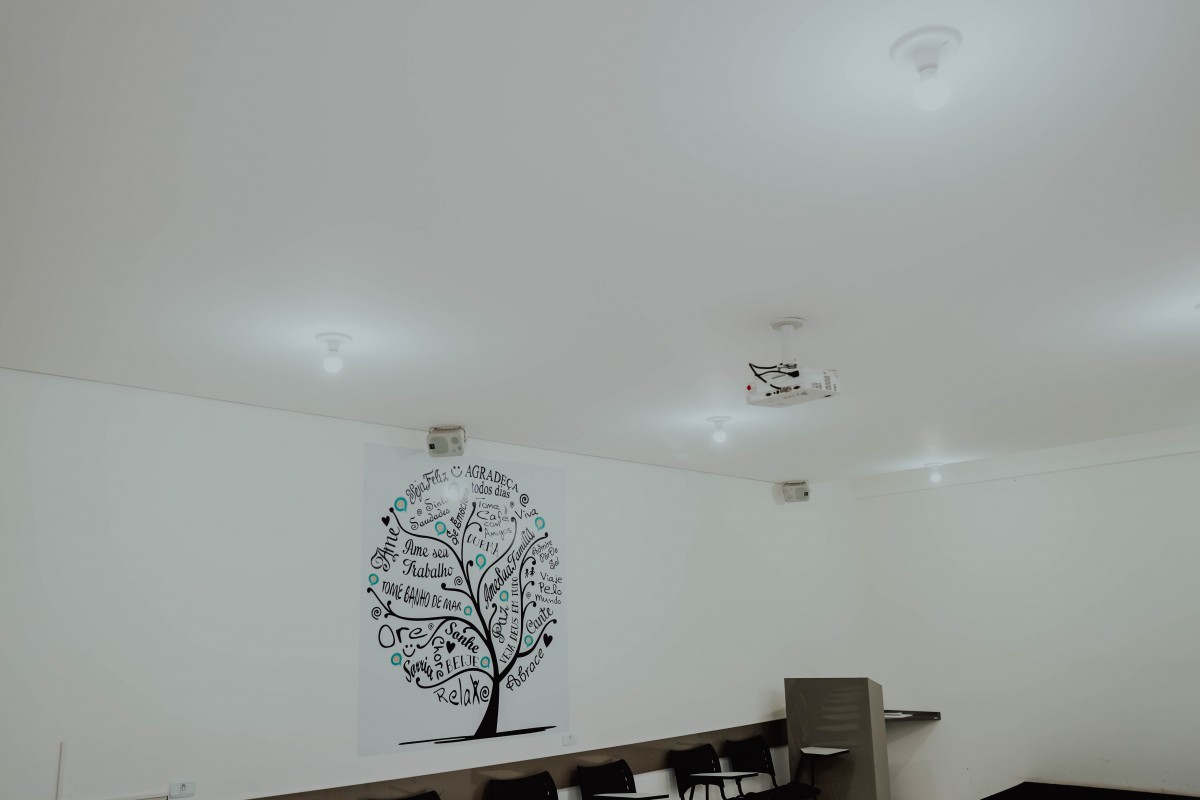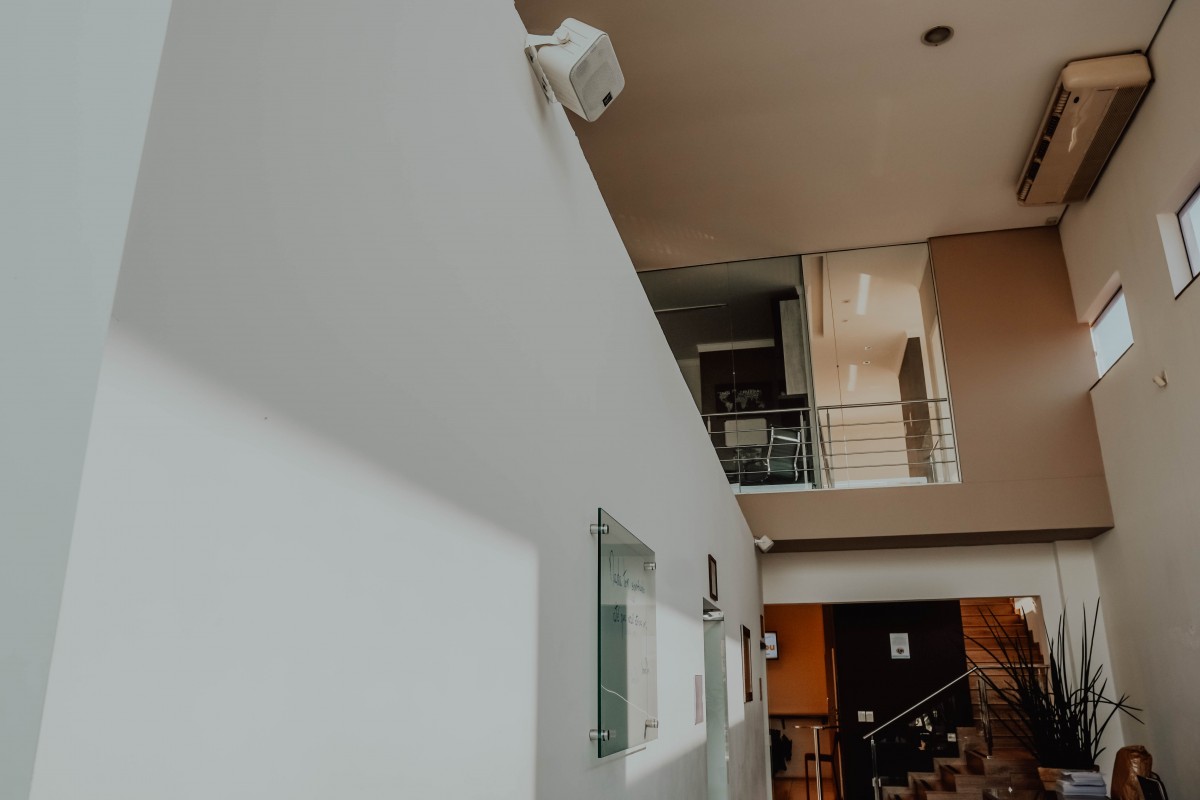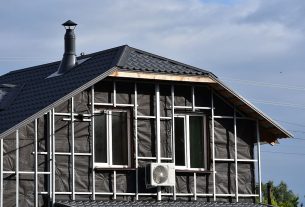Contents
– Step 1: Make a diagnosis to prepare the plaster wall
– Step 2: Fill in the important holes in the plaster wall.
– Step 3: Fill cracks and small holes
– Step 4: Sanding and cleaning the plaster wall
– Step 5: Paint the plaster wall
The installation of a wall covering, particularly painting, requires the plaster wall to be prepared so that it is solid and smooth.
Plaster walls can be brittle or damp and may have cracks and holes of varying sizes that need to be cleaned and filled in.
To prepare a plaster wall, make a diagnosis of the wall to identify and correct the defects. Finally, sand and wash the wall. This post will help you to plaster your wall like a pro.
Materials for preparing a plaster wall
|
Filler coating |
Approximately $7 for 5 kg |
|
Spatula (knife) |
Starting at $3 |
|
Plaster tiles |
Starting at $4 |
|
Circular sander |
Starting at $30 |
|
Adhesion primer |
Starting at $21 per litre |
|
Roll |
Starting at $5 |
|
Hammer |
Starting at $4 |
|
Triangular scraper |
$5 approximately |
|
Tarpaulin |
Starting at $8 |
|
Smoothing plaster |
$5 for 1 kg |
|
Quack-grass brush |
Approximately $5 |
|
Coating knife |
Starting at $3 |
1. Make a diagnosis to prepare the plaster wall
The first thing to prepare a plaster wall before painting it is to make a diagnosis to check its solidity. Look for holes and cracks in the wall, as well as traces of moisture.
What should I do if there is moisture on the plaster wall?
How do you know if a plaster wall is damp? Traces of moisture are visible on the wall: moisture leaves stains. You can also check with your bare hands: moisture can be felt. There are also devices for measuring the moisture content of walls. It is best to call in a professional who will determine the cause of the moisture in the walls. He will advise you on how to treat the moisture effectively.
If the plaster wall is brittle
If the plaster is floury or crumbly, you need to apply a primer for crumbly substrates. This is a product that is applied to the walls with a roller and allows powdery, floury or crumbly plaster substrates to harden.
To apply the primer to plaster walls:
– Ventilate the room and protect the floor with plastic sheeting or newspaper.
– Wear protective gloves and goggles.
– Apply the product with a roller and allow it to dry for the time indicated on the packaging.
2. Fill large holes in the plaster wall
If the wall has a large hole, fill it with plaster tiles and plaster.
– Remove the debris and then scrape the edges of the hole with a triangular scraper to remove all brittle parts. This will ensure a better grip of the plaster or patch.
– Dust the hole with a quack-grass brush.
– Prepare a plaster in a basin or plaster trough according to the manufacturer’s instructions.
– Protect the floor covering with a tarpaulin or used sheets.
– Moisten the inside of the hole with a damp sponge to ensure good adhesion of the plaster.
– Remove a small amount of filler with a painting knife and place it in the hole.
– Press the blade of the knife firmly into the hole to push the filler into the hole.
– Smooth the surface by passing the blade of the knife several times and remove the excess plaster. –
– Allow drying before sanding lightly if necessary.
If there are cracks in the plaster wall
To prepare a plaster wall with many or large cracks, it will have to be covered with plaster.
Interlining a wall consists of covering it with glass cloth. This is a resistant wall covering that consolidates the wall and masks any defects. You can then paint the glass cloth. There are glass cloths with different patterns.
In the event of significant flatness defects of the wall
To prepare a plaster wall with many irregularities or unevenness, apply a smoothing plaster.
The smoothing plaster is applied over the entire surface of the wall.
– Divide the wall into squares of about 50 cm on each side; you will gradually cover these squares with plaster.
– Apply the plaster from the bottom of the wall.
– Smooth with a plastering knife.
– Allow drying before sanding lightly if necessary.
Note: it is possible to apply to smooth plaster on glass cloth. If your walls have cracks and unevenness, first lay the glass cloth and then use the smoothing plaster.
3. Fill cracks and small holes

Small holes and small cracks can be filled with a filler or ready-to-use adhesive mortar.
– Widen holes and cracks with a spatula.
– Remove dust and plaster debris with a quack brush.
– Fill the holes with filling mortar with a spatula.
– Remove excess plaster and smooth with the spatula.
– Allow drying.
4. Sand and clean the plaster wall
Wear a mask and goggles, ventilate the work-piece you are sanding.
It is crucial to prepare the plaster wall by sanding it down, this will remove any roughness, and you will obtain a perfectly smooth surface.
Sand the wall with an eccentric sander or giraffe sander.
– Equip the sander with thick grain paper and sand the plaster wall once.
– Then sand with fine-grit paper to completely smooth the surface.
– Finish by dusting the wall with a brush before washing it with a damp sponge. Rinse the sponge regularly.
Good to know: Never use detergent to clean a plaster wall. You will have difficulty rinsing it out and the paint you apply afterwards will not hold.
5. Paint the plaster wall
When you have finished preparing the plaster wall, paint it with a roller and a paintbrush.
– Paint the perimeter of the wall with the paintbrush.
– Paint the rest of the wall with a roller.
– Paint the baseboards and window reveals with a brush.
You are done! In case you don’t want to do it yourself, you can call The Render Man in VIC. They are specialists in cement rendering & Venetian plastering for both residential to large-scale commercial undertakings.




It’s good to know that plaster repair for unevenness is quite straightforward to do. I’m planning to get some of my plaster walls fixed by professional services soon because I’m planning a major home renovation in a few months. Getting them fixed will make them ready to be repainted a lot more easily.